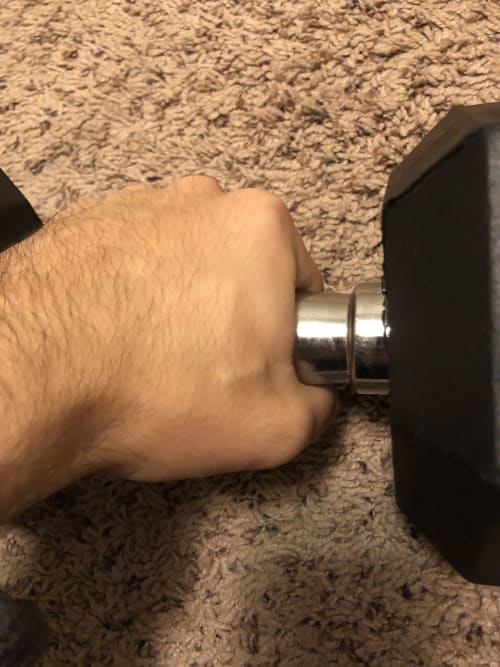Bio Implants: Pros and Cons
Ever since a friend of mine got a Bio implant in 2016, I’ve wanted one as well. There’s different types, but the 2 main ones are NFC and RFID based. The time finally came in May 2019 at Circle City Con, where there was a nurse from California who was offering to insert the xEM RFID Chip for $60, which was the cheapest I had seen offered and I could do it in Indiana instead of going to the coasts where most certified nurses are. In my research, I saw that there were no Pros and Cons page I could find, so having my chip for over a year now, I decided to make one:
Quick side note, none of these links are affiliate links and I make no money off this blog.
Pros
It’s well documented
The xEM is one of the most well documented bio-implants out there, and the company Dangerous Things have been around for a long time, so I knew if I was going to get a bio-implant I’d want to go with them. Their site is pretty straight forward, and they’re considered the standard when it comes to implants.
It’s cheap
Sure, cost is relative, and $60 isn’t cheap for everyone. But as far as electronic equipment goes, I wouldn’t call $60 expensive. It’s also a one time cost, plus the cost of a device to read and write the RFID values to the device. You can make one yourself using a Raspberry Pi or Arduino or use this one off Amazon, note the Amazon one doesn’t always read or write the first time, it doesn’t have the best build quality, and can be found even cheaper on alibaba/aliexpress since it’s a direct-from-china product.
It’s cool
If you’re reading this, you’re probably already interested in bio-implants as a technology. I think they’re super cool, and definitely make for a fun conversation. You can use them to do some cool stuff too, although nothing a fingerprint scanner wouldn’t be able to do.
It’s inconspicuous
I usually forget its there, and my friend who has one also forgets it’s there. You would never know it’s there except in one instance that’s documented under the Cons section.
Cons
It hurt
A lot. I was told it would be a 3-5 pain out of 10. It’s injected using a needle with a large head (the implant is 2.1mm thick). With mine, I would say it was more like a 9/10 pain for about 30 seconds. After than, my thumb went numb for 5 minutes. Not the experience I was expecting. I was told for most people it’s not like that, but from my single data point, it hurt quite a bit.
It’s not as useful as you’d think
This isn’t a problem with the device, it’s a problem with user (read: my) expectations and lack of research. You can’t clone hotel cards or gym key fobs to this unless some specific hotel or gym use weak RFID encryption methods. This is useful in home projects where you set up a system that only reads your RFID. On the xEM page linked above they have 3 example projects you could use it for, and there’s always plenty to find on Hackaday, but its usefulness is something to keep in mind.
It’s noticeable in the gym
The only time I notice that I have a Bio-implant is when I’m working out. I go to the gym often, and that means pressing, gripping, or holding many bars, barbells, and dumbbells. after a long workout, my hand with the implant will be a bit more sore. It seems like a more tired grip, it’s not painful though. I’d say it increases soreness in my left hand an extra 10% compared to my right hand without the implant. Pictures are included for reference:


Conclusion
In the end, I think it’s a cool little thing to have, but I’d wait to see if they can figure out how to put in an EMV chip so you could have a credit card in your hand. I think that use case alone would blow most others out of the water, and I would switch to that if it became reality.